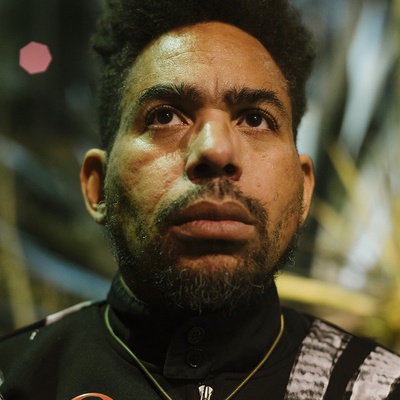
I first encountered Damon Locks’ work in 2013, when I was a fledgling curator at the Jane Addams Hull-House Museum in Chicago. I was putting together a show about radical home economics and a colleague suggested I take a look at a poster Locks had designed for the Center for Urban Pedagogy explaining the rights of domestic workers. Social practice art was everywhere in Chicago at that time, a form that was always well-intentioned, but could sometimes feel didactic and blunt. Locks’ poster offered something else: it was a technically-spectacular, stunningly-beautiful, highly-political art object that evolved out of a collaborative, improvisational process. Over the next several years, these were some of the qualities I would come to think of as quintessentially Locks.
You have reached your article limit
Sign up for a digital subscription and continue reading all new issues, plus our entire archives, for just $1.50/month.
Already a subscriber? Sign in




